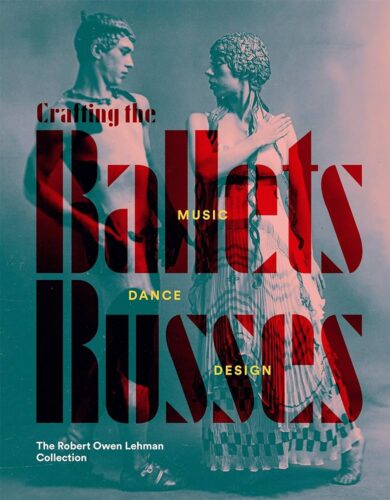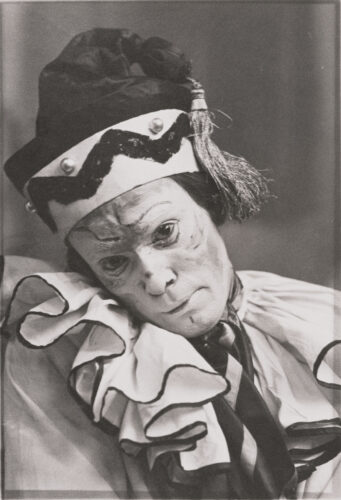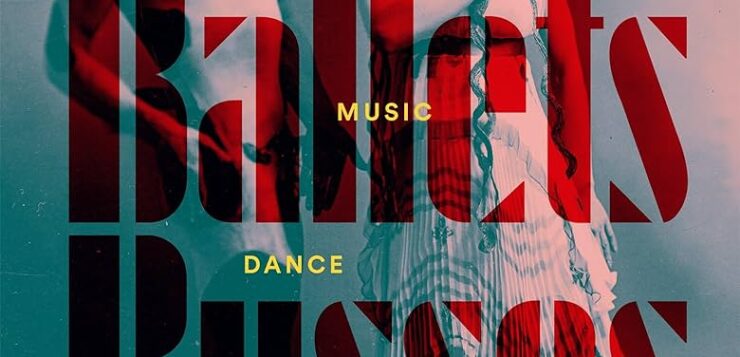 Crafting the Ballets Russes: The Robert Owen Lehman Collection
Crafting the Ballets Russes: The Robert Owen Lehman Collection
The Morgan Library and Museum, NYC
June 28-September 22, 2024
Several major exhibitions have been planned to celebrate the Morgan Library and Museum’s centennial year. One of these exhibits is Crafting The Ballets Russes: The Robert Owen Lehman Collection.
The exhibit specifically focuses on five of Robert Owen Lehman’s musical manuscripts that are at the very heart of the story of the Ballets Russes. These include: Stravinsky’s Firebird (1910),Stravinky’s, Petrouchka (1911), Debussy’s L’Après Midi d’un Faun (1912), Stravinsky’s Les Noces ( 1923), and Ravel’s Bolero (1928).
Some background to the Ballets Russes: At the center of the company is the flamboyant impresario, Sergei Diaghilev (1872-1929). Beginning in 1909, Diaghilev and his company electrified Paris with performances that revolutionized the static nature of the arts at that time.
Deeply influenced by Richard Wagner’s (1813-1883) idea of gesamtkunstwerk wherein different artistic disciplines are brought together to create a work, Diaghilev and his associates aspired to create a ballet that combined music, dance, and design.

And so, they did! The exhibition shows how music, design, and dance were joined together to produce brilliant art and performances. The Ballets Russes attracted artists, composers, and dancers including, including designers Leon Bakst, Natalia Goncharovna, and Alexsndre Benois; composers Igor Stravinsky, Claude, Debussy, Maurice Ravel; and dancers Vaslav Nijinsky, Leonide Massine, Bronislava Nijinska, and Ida Ribenstein.
There are more than one hundred objects on view in the exhibit, encompassing rarely-seen music and dance manuscripts, photographs, and set and costume designs. Each room of the space is filled with historical and artistic documentation that helps the viewer understand the magnitude of the company’s influence on the arts.
Sergei Diaghilev was not only a radical in terms of his vision of the performing arts, but he also upended the prominence of the ballerina as the center of attention by foregrounding the male dancer (danseur) in lead roles. He managed to ‘queer’ the ballet by departing from convention.
Given that many of his ‘danseurs’ were gay, “queering the ballet” was an already existing reality.
As a result, many of his female dancers found themselves placed in the background. Two such women—the dancer/ choreographer, Nijinska (sister of Nijinsky) and the producer, dancer, and early performance artist Ida Rubenstein—left to form their own companies. Two rooms in the exhibit are devoted to each of these extraordinary women.
Diaghilev’s Ballets Russes ushered in a unique and exquisitely queer aesthetic. He both upended and conserved the arts. He embraced modernism while simultaneously exploring the past. He brought sensuality and sexuality into ballet. He encouraged the development of a new gestural language of movement in ballet that challenged gender convention; for example, Nijinsky’s faun in Afternoon of a Faun (1912) with its masturbatory final scene, as well as Ida Rubenstein in Debussy’s The Martyrdom of St. Sebastian (1911) wherein she portrays St. Sebastien, who became a queer icon in the late nineteenth century.

When exiting this amazing exhibit, I thought about the far-reaching influence of Diaghilev’s Ballets Russes upon not only dance, but the performing arts. He created the modern dance spectacle. The ballets he produced continue as part of today’s ballet repertoire. The creatives who worked with him influenced contemporary stage design, choreography, music, and dance.
The final room of the exhibit is devoted to Ida Rubenstein ( former lover of the lesbian artist Romaine Brooks) and her erotic ballet Bolero (1928) with a score by Maurice Ravel. This ballet was re-imagined by the great Maurice Bejart (1960) wherein he continued the project of upending the dance canon by staging Bolero in ways that challenge gender and sexuality-in one performance a female dancer is dancing alone on a table that is surrounded by men who watch her with ever increasing passion and lust; in another performance, a man dances on a table as men watch with increasing sexual frenzy.
This exhibit is highly recommended for lovers of ballet as well as those interested in learning more about the legacy of the Ballets Russes. Supposedly Sergie Diaghilev would motivate his creatives by saying, “Etonnez-moi,” or “Astonish Me!” He did, they did, and this exhibit does!
There is an excellent exhibition catalog: Crafting The Ballets Russes: Music, Dance, Design, The Robert Owen Lehman Collection, Robinson McClellen (Curator) with a contribution by Lynn Garafola.
 Irene Javors is a psychotherapist and frequent contributor to GLR.
Irene Javors is a psychotherapist and frequent contributor to GLR.






